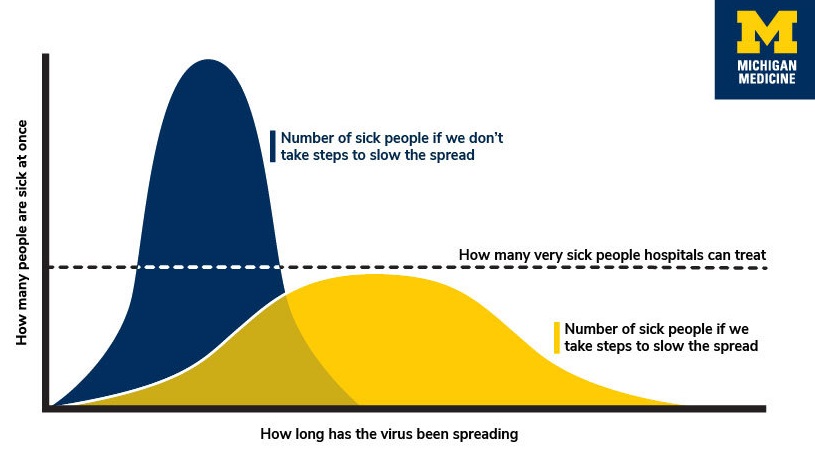Back to Normal? MIT Technology Review
COVID-19 moves around the globe, disrupting economies. Outbreaks could continue through August. To battle the disease, communities practice self-isolation. The goal: Prevent a rush on hospitals. Imperial College London researchers urge monitoring intensive-care unit admissions like the weather, relying on extreme social distancing measures when admissions are high and pulling back when those are low. Isolation requirements challenge travel, restaurants, education and other workplaces that serve large crowds. Some changes could become permanent as people cook at home, reduce travel, use less energy and engage in more home entertainment. Writing for MIT Technology Review, Gideon Lichfield anticipates societies to improve health care systems and develop capabilities for fast production of masks, tests, and other medical equipment. Consumers may expect more spacious seating from airlines, theaters, restaurants and more. Some facilities may demand health screenings that reduce privacy and increase inequality. “People with less access to health care, or who live in more disease-prone areas, will now also be more frequently shut out of places and opportunities open to everyone else,” Lichfield concludes. “Gig workers – from drivers to plumbers to freelance yoga instructors – will see their jobs become even more precarious. Immigrants, refugees, the undocumented, and ex-convicts will face yet another obstacle to gaining a foothold in society.” – YaleGlobal
Back to Normal? MIT Technology Review
Social distancing is disrupting routines and economies, and may be in place for a while – upending some ways of life permanently
Thursday, March 19, 2020
Read the article from MIT Technology Review that new requirements for self-isolation and how some routines may change forever.
Gideon Lichfield is editor in chief of MIT Technology Review, with a journalism career that has run the gamut from writing about science to covering Latin America, the former Soviet Union, and Israel/Palestine. His mission for the publication is to be the leading voice on emerging technology, its impacts, and the human choices that lie behind it.
.png)

MIT Technology Review
Copyright @ 2020